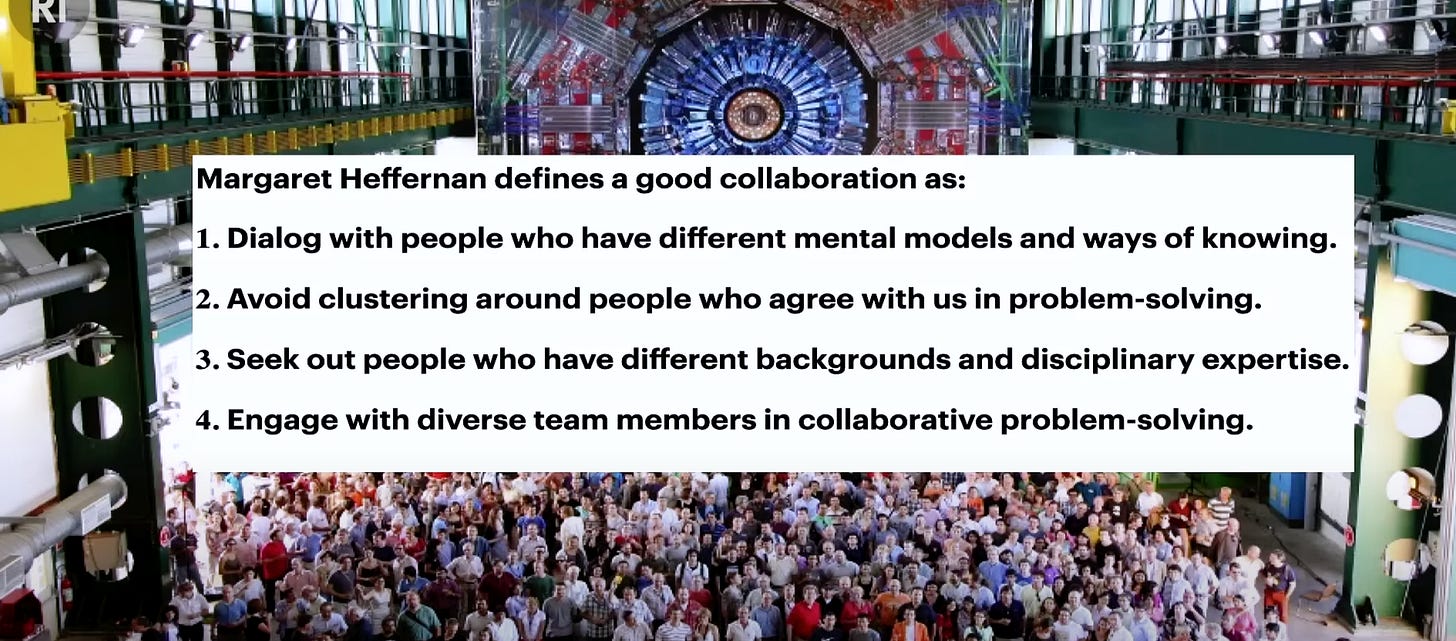A Misadventure of Multicellularity
"All happy organisations are alike. All unhappy organisations are unhappy in their own way"

Multicellular organisms evolved independently at various times. All of them have functional divisions - specific tissues perform specific functions - and highly evolved circulatory systems.
Multicellularity, the evolutionary transition that made single-celled organisms organise themselves into many-celled beings, may have been inevitable, but it wasn’t easy. Multicellular organisms needed to evolve specialised and separate organs to serve their many functions. Each such being had to evolve functional units—separated but connected—to handle its multifarious requirements: self-defense, self-recognition, the movement of signals through the body, digestion, metabolism, storage, waste disposal.
Every organ in the body exemplifies these features: cooperativity between cells and cellular specialization to achieve the function of the organ. But perhaps more than any cellular system, blood represents a model to describe how an entire system of cells achieves these functions. The constant circulation of blood works as the body’s central highway to deliver oxygen and nutrients to all tissues.
Siddhartha Mukherjee, The Song of The Cell
The higher the organism, the more evolved the circulatory system. Yet most organisations treat internal communication as an afterthought, many never discuss it. The problems of scale are communication problems and like the circulatory system in humans, you need multiple pathways for interaction between tissues - a centralised system for distributing oxygen and nutrients and collecting unused molecules, natural feedback mechanisms such as the secretion of insulin from pancreas when blood sugar levels rise, proteins and factors that marshal forces at the site of injury the moment one is detected, autonomous mechanisms that kick in when vital parameters diverge from normal, lots of signalling pathways to have one tissue trigger the action of another. Both, broken pathways and delayed feedback, can be fatal for the body.
Functional division is another ubiquitous feature of multicellularity. And it’s been reinforced through natural selection over millions of years. Starting from a common ancestor, the zygote, cells divide and specialise to the extent that they lose some of the basic characteristics of eukaryotes. The ability to divide is absent in nerve cells, platelets have no nucleus. No tissue in the body tries build it’s own muscle and nervous system. They do what they do extremely well, depend on each other, and communicate continuously. There remain stem cells, clones of the common ancestor, that can be called on to divide and specialise on demand.
Both Shopify and Airbnb re-organised in recent years to become functional organisations. Maybe there’s something here.
*The quote in the sub-title is adapted from Anna Karenina.
Edit on Aug 4, 2023:
From Richard Rhodes’ The Making of The Atomic Bomb:
[Michael] Polanyi proposed an analogy. Imagine, he said, a group of workers faced with the problem of assembling a very large, very complex jigsaw puzzle. How could they organize themselves to do the job most efficiently?
Each worker could take some of the pieces from the pile and try to fit them together. That would be an efficient method if assembling a puzzle was like shelling peas. But it wasn’t. The pieces weren’t isolated. They fitted together into a whole. And the chance of any one worker’s collection of pieces fitting together was small. Even if the group made enough copies of the pieces to give every worker the entire puzzle to attack, no one would accomplish as much alone as the group might if it could contrive a way to work together.
The best way to do the job, Polanyi argued, was to allow each worker to keep track of what every other worker was doing. “Let them work on putting the puzzle together in the sight of the others, so that every time a piece of it is fitted in by one [worker], all the others will immediately watch out for the next step that becomes possible in consequence.” That way even though each worker acts on his own initiative, he acts to further the entire group’s achievement. The group works independently together; the puzzle is assembled in the most efficient way.
Edit on Dec 1, 2023
What good collaboration means from Suzie Sheehy’s fantastic talk on Physics Experiments that Changed the World

Edit on March 10, 2024:
Lee Iacocca describes what trouble looked like at the car-maker Chrysler in 1978
I’d call in a guy from engineering, and he’d stand there dumbfounded when I’d explain to him that we had a design problem or some other hitch in the engineering-manufacturing relationship. He might have the ability to invent a brilliant piece of engineering that would save us a lot of money. He might come up with a terrific new design. There was only one problem: he didn’t know that the manufacturing people couldn’t build it. Why? Because he’d never talked to them about it.
If you liked reading this post, please tell your friends about it.



